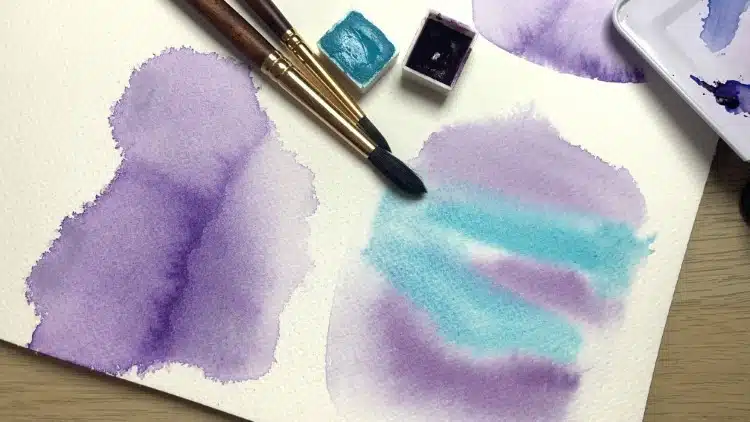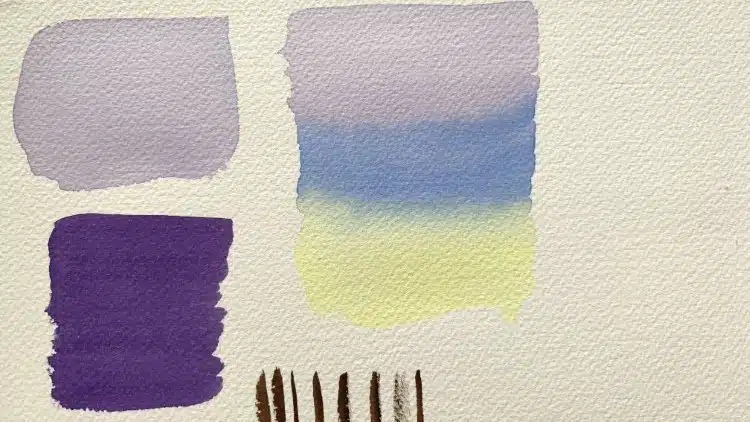
Photo: Ramann/Depositphotos
Most of us enjoyed using watercolor paint as children. But as we grew older, many of us became intimidated by working in the medium. Luckily, botanical artist Victoria Beyer is helping anyone who wants to begin using watercolors in My Modern Met Academy’s newest class, Introduction to Watercolor Painting. Over 3.5 hours and 12 lessons, she takes students on a journey to learn the basics of watercolor paint.
Three of these lessons are dedicated to some of the most important watercolor techniques for creating volume, texture, and the medium’s signature layered effect. Anyone familiar with wet-on-wet, wet-on-dry, and dry brushing knows how fundamental these techniques are when rendering different subjects. Never heard of them? Don’t worry, Beyer shares all of her knowledge during the lessons and gives clear demonstrations on how to use these techniques in your paintings.
To finish off the class, you’ll watch Beyer create a still life and a landscape painting. The class includes the references for these images, so you can paint along with her and then continue your journey with watercolors, knowing you have a solid foundation.
So, if you are ready to pick up your brush, why not enroll in Introduction to Watercolor Painting?
The class is available on demand so you can start and stop at your leisure. And, you can view the lessons over and over again until you feel comfortable moving to the next step or if you just want to refresh your memory.
Get a sneak preview of what’s in store by discovering some of the watercolor techniques you’ll learn in this online art class.
You’ll learn 3 essential watercolor techniques in My Modern Met Academy’s Introduction to Watercolor Painting.
Wet-on-Wet

The wet-on-wet approach showcases watercolor paint’s best quality—its ability to create beautiful, ethereal washes. To produce this technique, simply wet part of the paper with your brush. Then, dip your brush into another color and lightly dot it on the wet area, watching as the pigment feathers. This is a great idea for those looking to enhance the background of their composition or easily create a colorful sky.
Wet-on-Dry

Wet-on-dry is another fundamental approach. It’s created by painting a wash of wet paint on dry paint. First, paint a wash onto your dry paper. After it has dried, apply paint on top of it. Because of the transparency of the paints, you will most likely see the bottom layer behind that stroke. This technique is a fun way to explore layers of color and loose strokes.
Dry Brushing

Dry brushing is just as it sounds. Take a dry (or mostly dry) brush and dip it into your paint. Afterward, spread it over a dry piece of paper. The result will be a highly textured mark that’s great for implying fur or hair.
Watch this preview to see everything that’s in store during the online art class.
My Modern Met Academy: Website | Facebook | Instagram
Related Articles:
Learn the Basics of Watercolor Painting in This Online Class
10 Best Watercolor Sketchbooks for Artists Who Want to Paint On the Go
36 Watercolor Painting Ideas for Beginning Artists and Seasoned Professionals
20 Best Watercolor Paint Sets Both Beginners and Professional Artists Will Love
